How Long Do Polynucleotides Last – How Long Do the Benefits Last After Treatment?
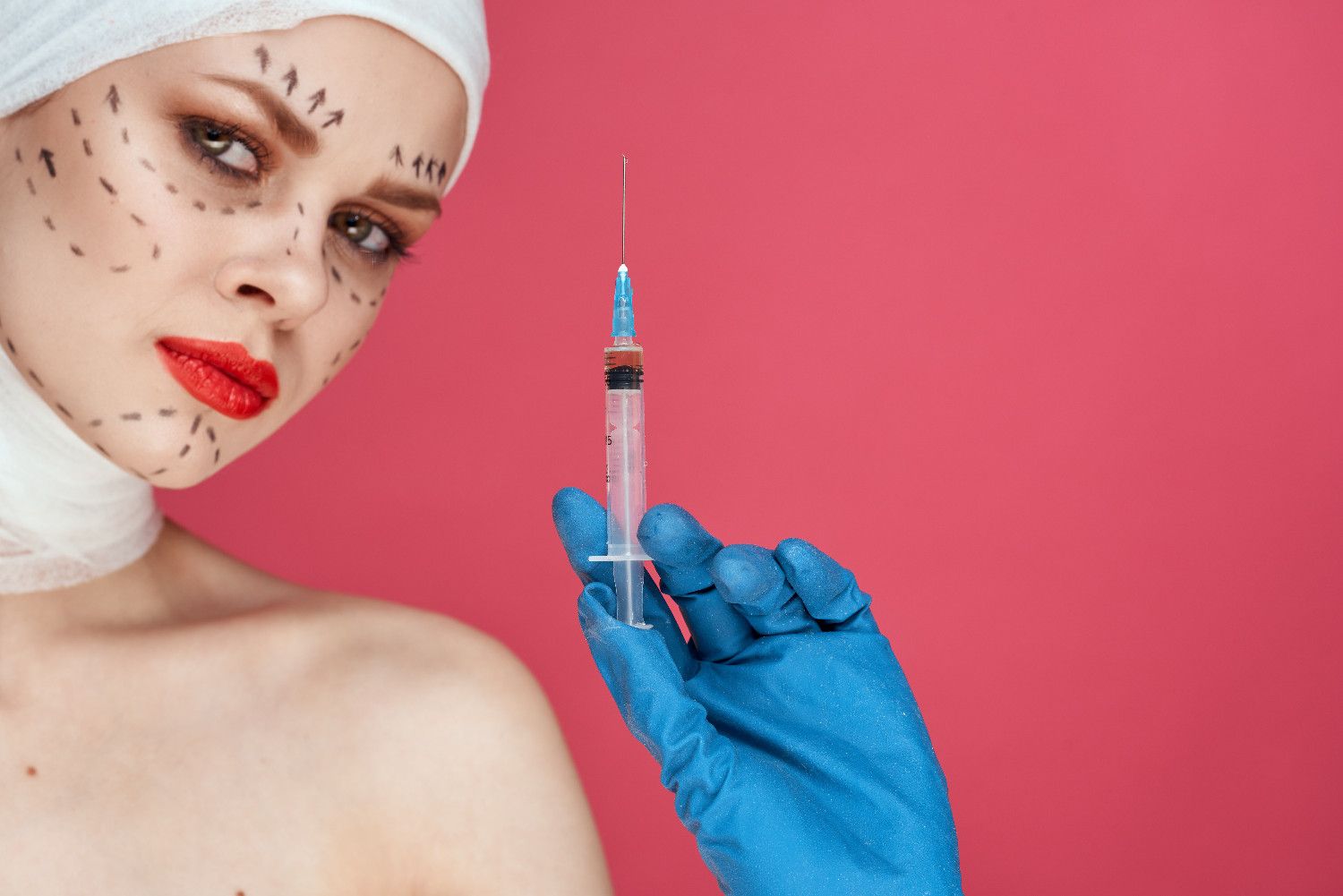
Polynucleotide treatments are gaining popularity in aesthetic medicine for their powerful regenerative properties. Used for skin rejuvenation, scar improvement, and even hair restoration, polynucleotides help repair and revitalise the skin from within.
Many medical aestheticians and patients are turning to polynucleotides for their ability to enhance hydration, stimulate collagen production, and improve skin elasticity. But one common question arises: how long do polynucleotides last? Understanding the longevity of results and how to maintain them is key to maximising the benefits of this treatment.
How Do Polynucleotides Work?
Polynucleotides are biostimulatory molecules derived from purified fish DNA that promote skin cell regeneration and enhance tissue repair. When injected into the skin, they trigger fibroblasts, the cells responsible for collagen production, leading to gradual improvements in skin texture, elasticity, and hydration.
Unlike dermal fillers, which provide immediate volume, polynucleotide treatment works progressively. This explains why polynucleotides before and after results can look dramatically different, with optimal improvements becoming more visible weeks or months after the procedure.
Moreover, to ensure patients receive the best possible care and desired results, it’s important to order and buy polynucleotides from verified sources with licenses to sell medical products online.
How Long Do Polynucleotides Results Last?
Polynucleotide treatments work progressively, delivering both immediate and long-term skin improvements. While the initial hydration boost is noticeable right after the procedure, the real transformation happens over time as collagen production increases and skin regeneration takes effect.
Understanding the different phases of results – from the first signs of improvement to long-lasting skin rejuvenation – can help patients set realistic expectations and maximise the benefits of their treatment:
- Immediate results: Patients often notice an immediate boost in skin hydration following a polynucleotide injection. Polynucleotides attract and retain moisture, creating an instant glow and plumping effect. However, this is just the beginning of the treatment’s long-term benefits.
- Short-term effects (4-6 weeks): Within a few weeks, subtle improvements in skin tone, texture, and elasticity become noticeable. As collagen production increases, fine lines and wrinkles begin to soften. Many patients also report improvements in polynucleotides under eyes, particularly in reducing dark circles and fine lines.
- Long-term effects (3-6 months and beyond): The full results of polynucleotide treatment typically develop between three to six months as the skin continues regenerating and producing new collagen. With proper polynucleotide aftercare, results can last six months or longer. Regular maintenance treatments help extend these benefits.
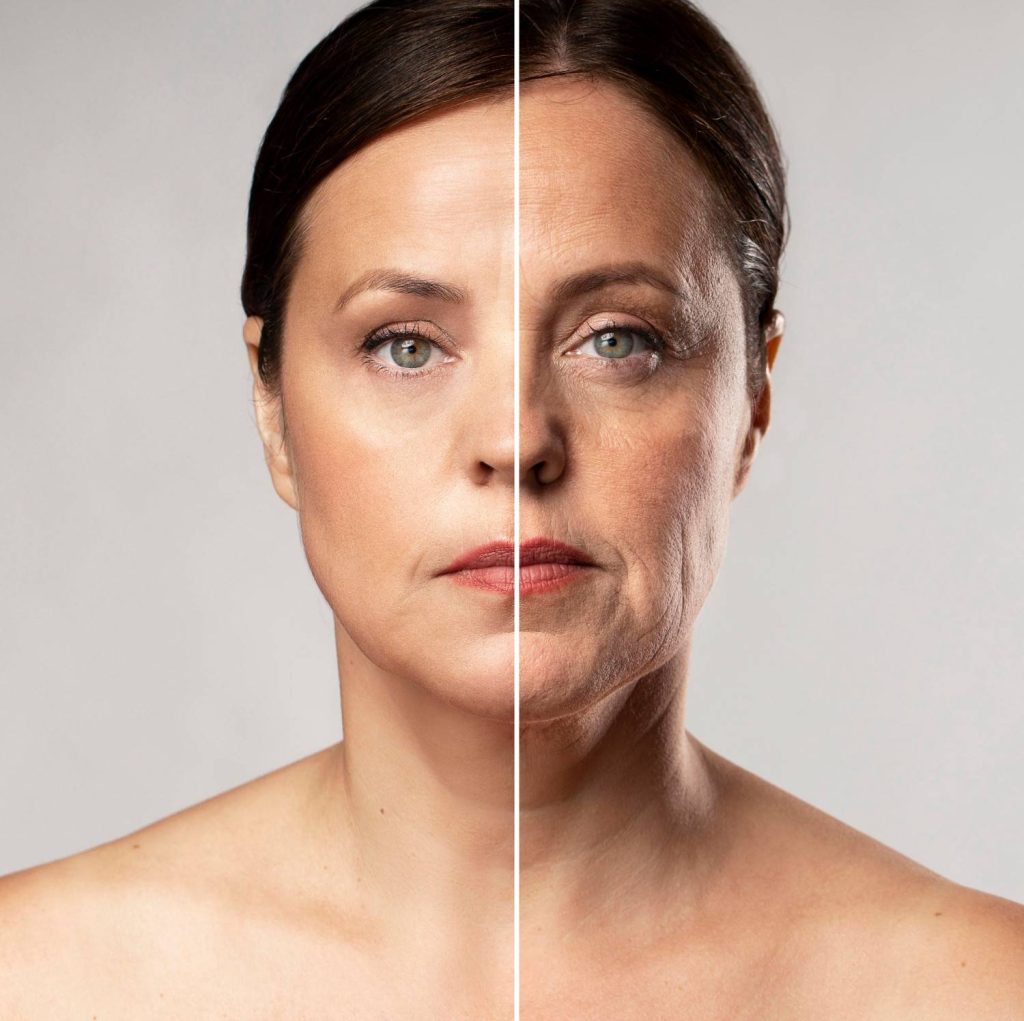
Are Polynucleotides Better than Profhilo?
Polynucleotides and Profhilo are both used for skin rejuvenation, but they work in different ways. Polynucleotide treatment focuses on deep tissue regeneration by stimulating fibroblast activity and collagen production, making it ideal for repairing damaged or ageing skin. It works at a cellular level, encouraging long-term skin healing, hydration, and structural improvement.
Profhilo, on the other hand, is a stabilised hyaluronic acid treatment designed primarily for deep hydration and skin remodelling, providing a more immediate plumping effect rather than cellular regeneration.
When comparing polynucleotides vs Profhilo, the best option depends on the patient’s skin concerns. Polynucleotides are better suited for those looking to repair damaged skin, treat acne scars, or improve polynucleotides under eyes results. Meanwhile, Profhilo is preferred for those wanting an instant boost in hydration and elasticity. Many aesthetic professionals combine both treatments for optimal skin rejuvenation, as polynucleotides work on deep cellular repair, while Profhilo provides surface hydration and volume.
Can You Get Botox and Polynucleotides Together?
Yes, polynucleotide injection can be combined with Botox to enhance skin rejuvenation and anti-ageing results. While polynucleotides focus on improving skin texture, elasticity, and hydration, Botox works by relaxing facial muscles to reduce the appearance of dynamic wrinkles. When used together, they offer a comprehensive approach to skin ageing, addressing both skin quality and muscle movement-related wrinkles.
For best results, aesthetic practitioners recommend spacing the treatments appropriately. Polynucleotide treatments can be performed either before or after Botox, depending on individual needs. Some patients choose to have Botox first to relax facial muscles and then follow up with polynucleotide treatment to improve skin structure. Since polynucleotides encourage collagen production and tissue repair, they can also complement Botox by enhancing overall skin rejuvenation.
What to Avoid After Polynucleotides?
Proper polynucleotide aftercare is essential to ensure optimal results and prevent unwanted side effects. Those wondering about polynucleotides gone wrong should know that poor aftercare or combining polynucleotides with incompatible treatments too soon can lead to suboptimal results.
After receiving a polynucleotide injection, patients should do the following:
- Avoid touching or massaging the treated area for at least 24-48 hours. This prevents product displacement and allows the polynucleotides to integrate into the skin properly.
- Strenuous exercise, saunas, and excessive heat exposure should also be avoided for the first few days to minimise the risk of swelling or irritation.
- Patients should also stay away from alcohol, blood-thinning medications, and anti-inflammatory drugs such as ibuprofen immediately after the treatment, as these can increase bruising.
- Using collagen-boosting products, hydrating serums, and gentle exfoliation helps sustain the effects of polynucleotides. Patients should also follow polynucleotide aftercare instructions, such as avoiding harsh chemicals or excessive sun exposure immediately after treatment.
- Sun exposure should be minimised, and a high-SPF sunscreen should be applied daily to protect the skin.
- Drinking enough water and eating a nutrient-rich diet high in antioxidants can significantly improve the longevity of results. Omega-3 fatty acids, vitamin C, and protein-rich foods support skin health and collagen production.
- To sustain long-term improvements, patients should schedule follow-up sessions as advised by their aesthetician. Many patients schedule touch-ups every four to six months to maintain optimal skin quality.
- Consulting with a professional about proper post-treatment care is crucial for maximising the benefits of polynucleotide therapy.
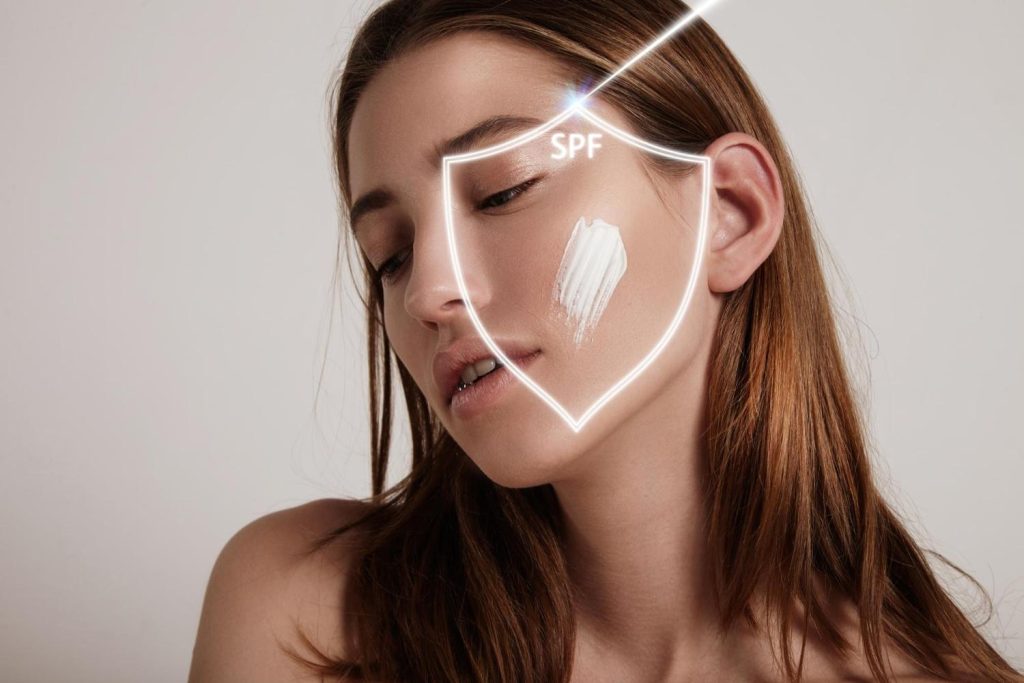
Final Thoughts
Polynucleotide treatments provide long-lasting improvements in hydration, elasticity, and overall skin health. While the initial glow appears quickly, the full regenerative effects develop over several months, lasting up to six months or longer depending on individual factors.
Continue reading
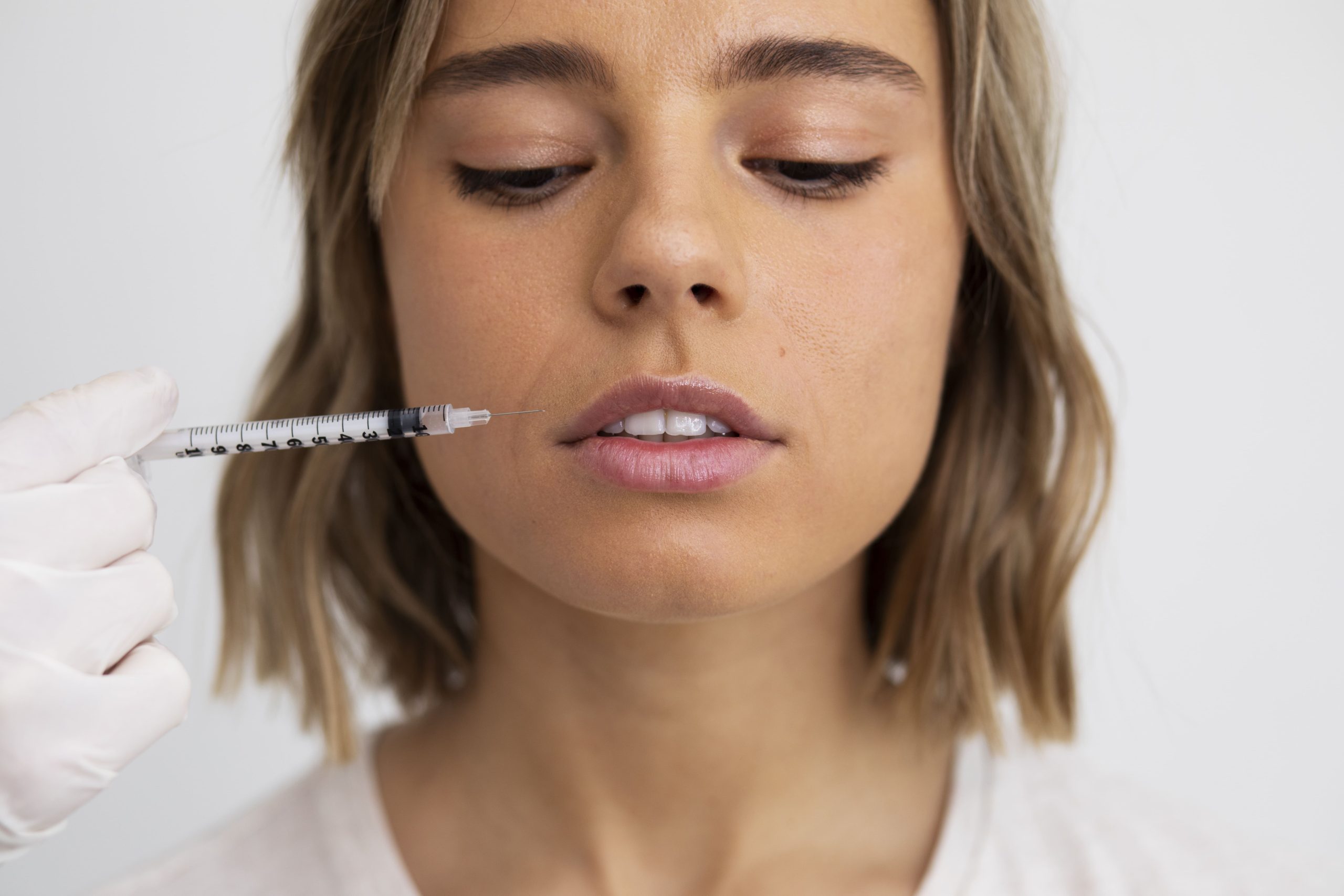
Radiesse or Juvederm? Which One Should You Use for Facial Contouring?
Facial contouring is more than just adding volume – it’s about sculpting definition, correcting asymmetries, and enhancing structure. Achieving those goals requires the right product, precise technique, and a deep understanding of dermal filler properties. Among the most commonly used injectables in aesthetic medicine, Radiesse and Juvederm stand out as…
Read More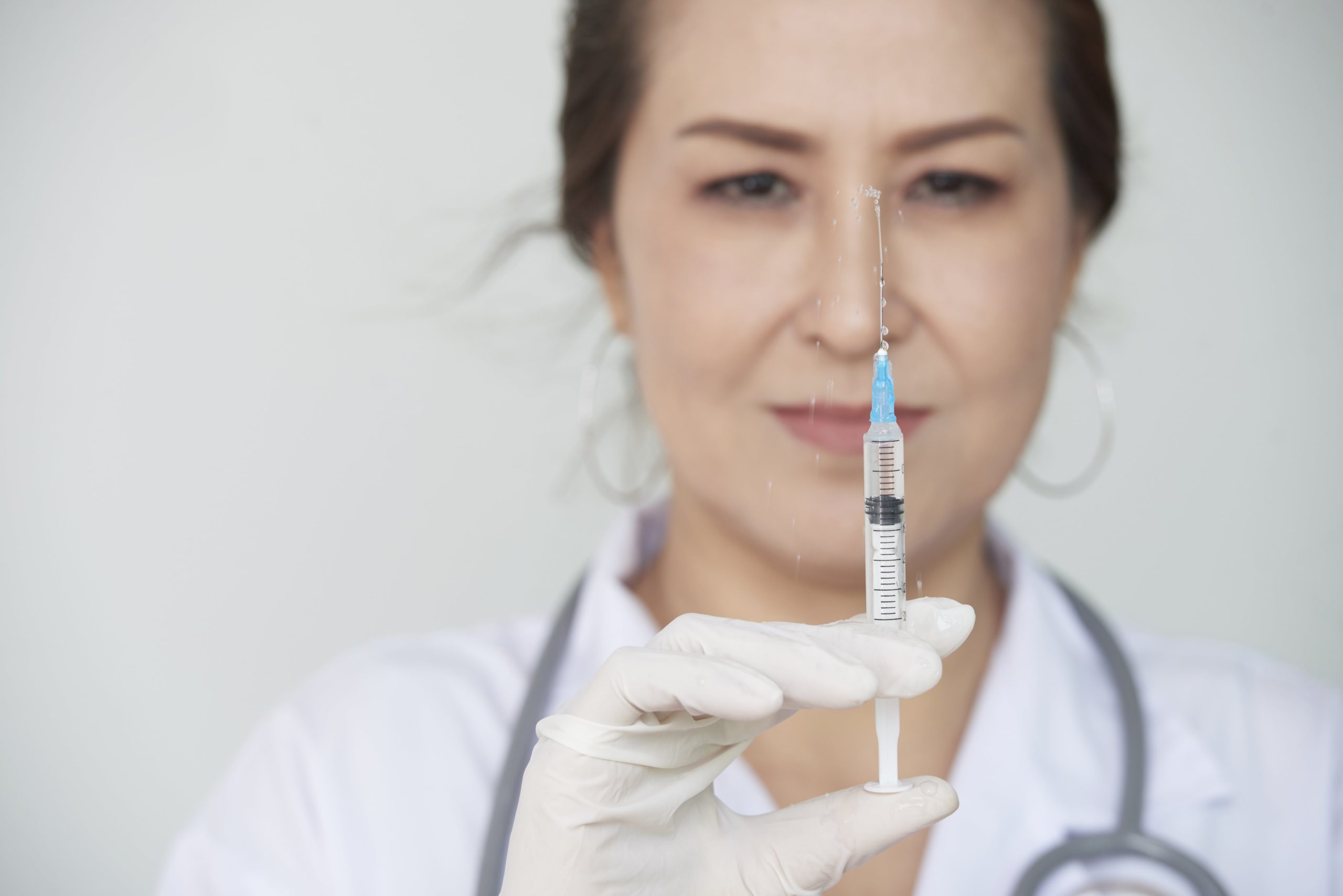
Radiesse vs Sculptra: Which Collagen-Stimulating Filler Is Better?
As the popularity of natural beauty trends, like the no-makeup makeup look, continues to rise, the demand for subtle, long-lasting enhancements has reshaped the filler industry as well. More patients are turning to treatments that enhance their features while correcting concerns like uneven texture or volume loss, all without compromising…
Read More
Non-Surgical Jaw Definition: Radiesse Jaw Before and After Transformation
In the age of defined features and sculpted profiles, jawline contouring has become one of the most in-demand aesthetic procedures among both male and female patients. But not everyone is ready for surgery or permanent changes. That’s where non-surgical options like Radiesse jawline enhancement come in, offering a high-impact transformation…
Read More